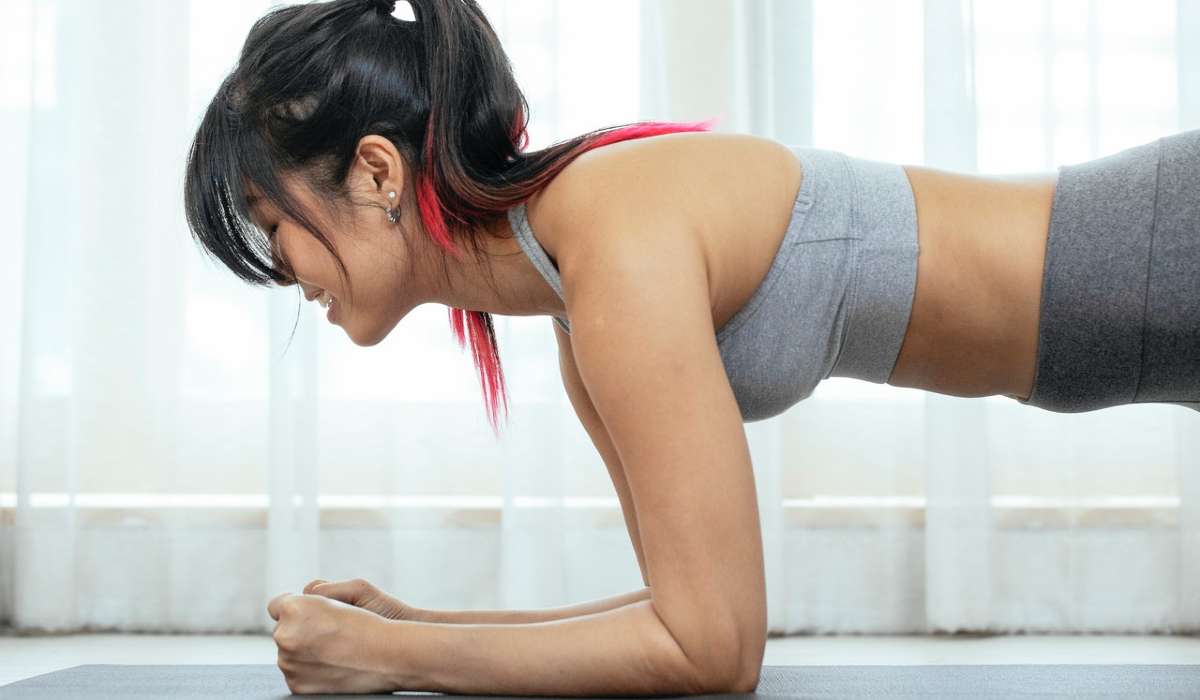Changes in our skin as we age are inevitable, including loss of moisture, changes in…

What Is a Whole-Body Skin Check? And Why Should You Care?
Since your skin is the biggest, and the most accessible, organ in your body, you might think that it’s easy enough to just check yourself over occasionally for anything suspicious. The truth is, we just can’t see all of our skin well enough to do a thorough examination. That’s where a dermatologist and a whole-body skin check come in.
Why should I care?
Also known as a skin cancer screening, a whole-body skin check is when a dermatologist checks your skin from head to toe for any signs of skin cancer. These signs can include moles, areas of discolouration, growths, or other blemishes.
If you always wear sunscreen and haven’t noticed any strange marks on your body, you might also wonder why you should even care about a whole-body skin check. Examinations like these are important because skin cancer is the number one type of cancer in the UK and the number continues to rise each year!
Let’s take a closer look at whole-body skin checks.
The Lowdown
A whole-body skin check differs from your regular yearly check-up with the doctor and is usually performed by a dermatologist. These checks are a thorough visual examination of the body that looks for and notes anything suspicious or significant.
The most important thing that a whole-body skin check screens for is skin cancer. There are 4 types of skin cancer that we can get:
- Actinic keratoses
- Basal cell carcinoma
- Squamous cell carcinoma
- Melanoma
It’s important to have a whole-body skin check performed by a professional because you cannot see your whole body. Even if you could, some signs of skin cancer are so vague that you might not even realise something is wrong.
Areas like our backs are almost impossible to see without a mirror. And if your potential skin cancer was caused by excessive sun exposure, your back is one of the most easily burned areas!
During these checks, some signs your doctor may look for are:
- Moles that have grown or changed size
- Asymmetry in the border of moles, or growth
- Oddly shaped moles or growths
- Pearly growths that are either pink, red, white, or clear
- Painful moles or growths
- Wounds that won’t heal or are constantly scabbed over
If you notice any of these signs, it’s important to get it checked out as soon as possible. But even if your skin is clear as far as you can tell, it’s a good idea to get a whole-body skin check regularly just to be safe.

How Often Should You Get a Full Body Skin Exam?
For a normal individual, doctors recommend getting a whole-body skin check annually. If you are at higher risk of skin cancer, you may need these full-body examinations more often.
Skin checks should be done once a year. This allows your dermatologist to closely monitor your skin. And getting a yearly skin check makes sure that any problems are dealt with immediately. Early detection is crucial for cancer and other types of diseases.
How Do You Prepare for a Full Body Skin Test?
Preparing for a full-body skin test isn’t too complicated, but there are some steps you can take to make sure that you get the most detailed exam possible.
- Perform a self-check: Exams work best when you are familiar with potential issues, and you don’t want to miss an opportunity to bring something up with your doctor. Give yourself a skin check and make a note of any place you have questions about.
- Avoid cosmetics: Foundations, concealers, nail polish, and self-tanners, especially, can make a whole-body skin check difficult to perform. To get an accurate examination, you want to skip any artifice that changes the natural colour of your skin or covers up any freckles, moles, or blemishes. If you must wear makeup to the appointment, bring makeup remover with you so you can take it off at the office. Remove nail polish before your appointment so your dermatologist can get a good look at your nail beds, too.
- Wear your hair down: This might seem counterproductive, but when your hair is loose, your doctor can examine your scalp more easily.
- Ask questions: Since you’ve already performed a self-examination, now is the time to ask your dermatologist questions about marks on your skin that you may have. Communication is key to successful prevention and treatment.

Full Body Skin Cancer Screening: What to Expect
A whole-body skin check, or full-body cancer screening, differs greatly from a check-up by your general practitioner. So that this type of doctor’s visit does not surprise you, let’s examine what you can expect at your skin check.
First, you will be asked to remove your clothing and change into a gown. This allows the dermatologist to look over every bit of your skin. Skin cancer can pop up anywhere, so access to your whole body is crucial.
Your dermatologist will then check you over, paying special attention to areas that you can’t reach during your self-examination. They may use a magnifying tool, called a dermatascope, to get a closer look at some areas.
Lastly, any suspicious bumps or blemishes may be biopsied and sent off for testing at a lab.
In Conclusion
A whole-body skin check is an examination that checks your skin for any signs of possible skin cancer or other skin abnormalities. These exams are done by dermatologists and should be performed annually.
Since skin cancer is so prevalent, your yearly whole-body skin check should be taken seriously and not skipped. Rates of skin cancer are on the rise worldwide, and if there was ever a time to take good care of your skin, it’s now.



